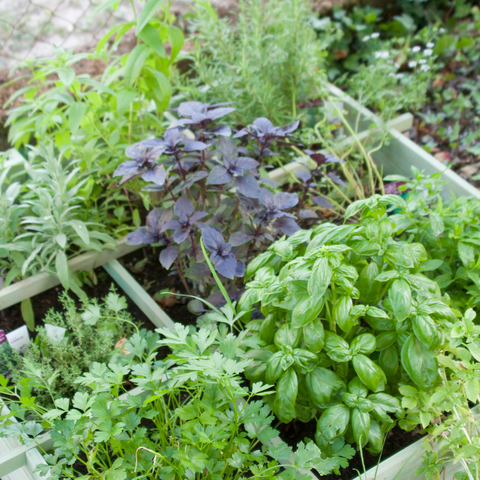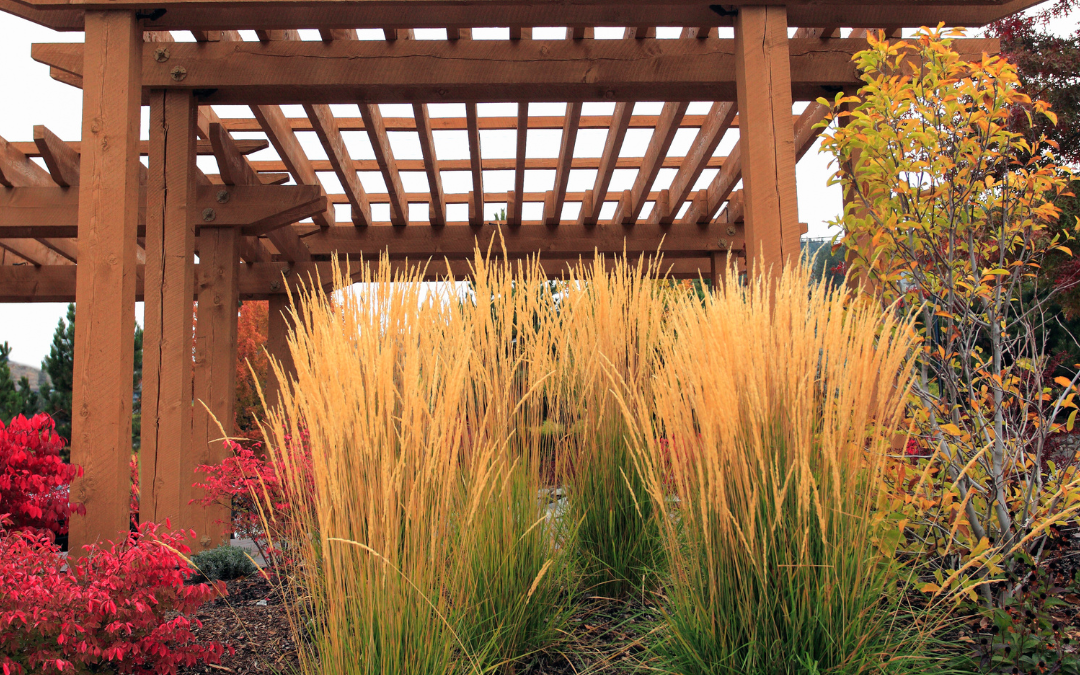As September approaches, it’s time to embrace the cool and cozy vibes. This also presents an opportunity to grow a variety of crops in your garden that are perfect for making soups, stews, and other comforting dishes. If you’re considering starting a fall garden this year, it’s important to take care of a few end-of-season chores before getting started. Read this weeks Blog 2023 September Gardening Tips, to learn more.
September Lawn & Pond Maintenance

-
Don’t miss out on the opportunity to nourish your fish before winter sets in! It’s crucial to give them the right nutrients during this time. Consider using high-quality staple fish food, such as Aquascapes’ premium options, to ensure their health and well-being throughout the colder months.
-
Keep the beneficial bacteria flowing into your system on a weekly basis and experience the numerous advantages it brings. Regularly introducing these helpful microorganisms will boost your overall health and enhance the functionality of your system. For an extra boost, we recommend Aquascape Benefitial Bacteria which provides over seven different concentrated beneficial bacteria and is completely safe for fish, plants, pets, and wildlife.
-
For optimal results, it is advisable to sow new lawns during cooler temperatures of the day. This helps to ensure that the seeds have a better chance of germinating and taking root. Prior to sowing, it is recommended to nourish the soil with turf starter for enhanced growth and establishment.
-
To maintain a healthy and vibrant lawn, it is important to consistently cut the grass and water it adequately. Aim to mow your lawn at least once a week, ensuring to trim it by at least one inch each time. Additionally, make sure you provide sufficient hydration through regular watering sessions.
-
For a healthy lawn that can withstand the winter, it’s important to keep it clean and free from any obstructions such as toys, leaves, and tools. By doing so, you allow your lawn to receive the necessary nutrients it requires for survival during the colder months.
September Plant Tasks

-
Transform your September garden into a colorful paradise by planting an array of stunning annual flowers. From the vibrant begonia and zinnias to the charming snapdragons and sweet alyssum, the options are endless. Embrace the beauty of nature with celosia, pansies, dianthus, petunias, nasturtiums, calendula, chrysanthemums, and many more breathtaking varieties.
-
Make sure to keep an eye out for newly arrived fresh vegetable and herb starters. Now is a wonderful opportunity to stock up on these young plants.
-
Get ready for a vibrant spring garden by pre-ordering your spring-flower bulbs today! Planting bulbs in the fall ensures beautiful blooms when the weather warms up. Take advantage of this opportunity to plan ahead and secure your favorite flowers for next season.
-
Bring houseplants inside, but make sure to inspect them for any signs of bugs! This is crucial because pests can easily hide on plants and multiply rapidly indoors. By taking the time to thoroughly check your plants, you can identify any potential infestations early on and take appropriate measures to prevent the spread of pests in your home.
-
Fall is an optimal season for planting shrubs and trees due to a few key reasons. Firstly, the cooler temperatures allow the plants to establish their root systems before the onset of winter. This promotes sturdy growth and reduces transplant shock. Additionally, fall typically brings more rainfall, providing natural hydration and encouraging healthy root development. By planting in this season, you give your shrubs and trees ample time to acclimate to their new environment, ensuring a higher rate of survival come springtime.
-
When tending to your flowerbeds, consider preserving the beauty of your blooms by either leaving them intact for dried flowers or cutting them and hanging them up. This way, you can enjoy their vibrant colors and delicate petals long after they have been picked.
-
To ensure a vibrant and thriving garden, it is advisable to continue planting new perennials until early fall. By doing so, you allow sufficient time for these young plants to establish themselves before the arrival of winter. This proactive approach will help promote their growth and enhance their ability to withstand the challenges of the colder months ahead.
-
Lift onions, dry and store.
-
Avoid watering potatoes that are intended to be stored for an extended period of time. Late-storing potatoes, in particular, should not be watered as it can negatively impact their long-term storage quality.
September Gardening Miscellaneous & More

-
If you want to enhance the quality of your soil, there are a few simple steps you can take. Begin by clearing away any dead leaves and debris from your garden bed. This will create a clean slate for new growth. Next, consider spreading compost or manure over the soil. These organic materials not only enrich the soil with essential nutrients but also improve its overall health, leading to a successful growing season ahead.
-
To improve the fertility of your garden soil, consider planting fall rye in the areas where you have finished harvesting. Fall rye serves as a valuable green manure, adding organic matter and nutrients back into the soil. This practice helps to enrich the soil for future growth and can contribute to healthier plants in subsequent growing seasons.
-
Turn over the compost for the last time this year.
-
To grow more of the plants you desire, you have the option to either harvest and save their seeds or propagate them through other methods. Harvesting seeds involves collecting mature seeds from your plants and storing them properly until you are ready to sow them. On the other hand, plant propagation refers to the process of creating new plants by using cuttings, division, layering, or other techniques. By taking advantage of these methods, you can easily expand your plant collection and ensure a sustainable supply of the specific plants you want.
-
It is advisable to regularly check for the presence of Japanese Knotweed in your surroundings. This invasive plant can cause significant damage to properties and infrastructure if left untreated. If you identify any signs of Japanese Knotweed, it is crucial to take appropriate measures for its control and treatment to prevent further spread and potential harm.
-
One important task to prepare your garden beds for the winter months is weeding. Removing any weeds from the beds can help prevent them from spreading and taking over during the dormant season. It also allows your plants to receive maximum nutrients and reduces competition for water and sunlight. Taking the time to weed your garden beds before winter sets in will ensure a healthier, more vibrant garden come springtime.
-
In certain regions, you can directly sow leafy greens, peas, beans, onions, and broccoli. This means planting the seeds directly into the ground or containers without starting them indoors first.


